Premium Only Content
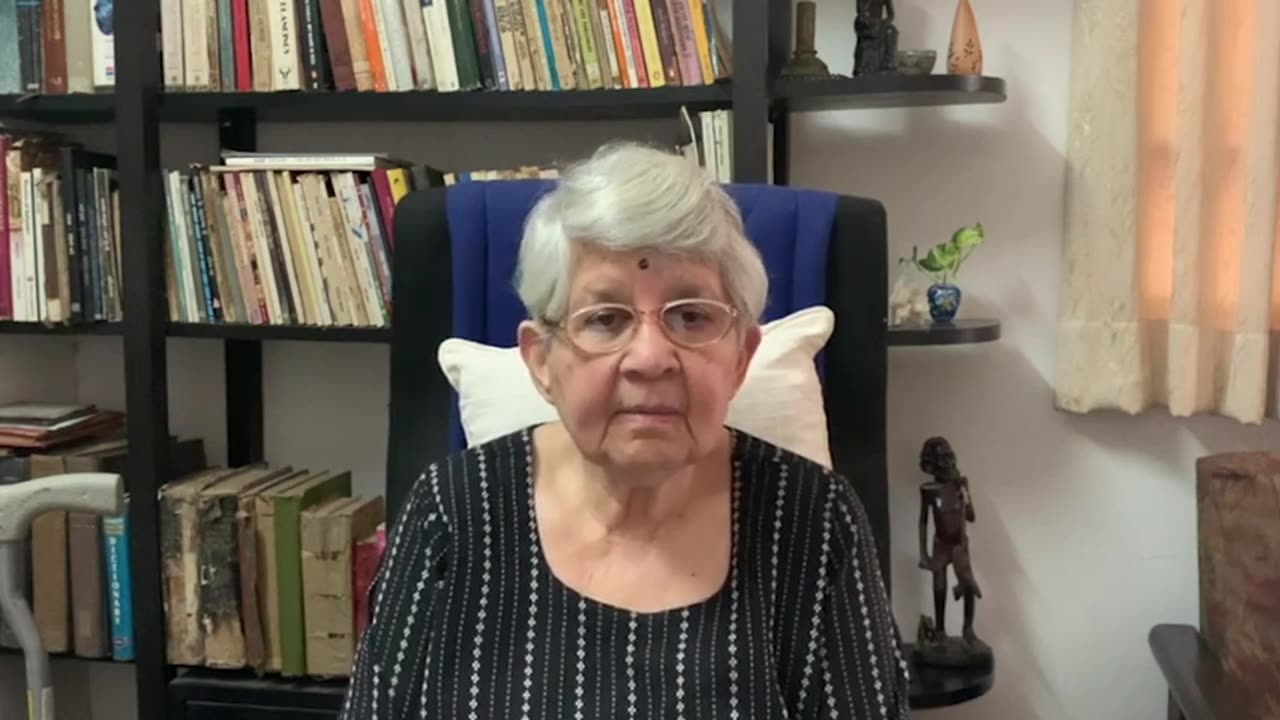
#1 Introduction to the Epic of Mahabharata
As an epic, Mahabharata is a vast poem, bigger than Iliad and Odyssey put together. Narrated by an omniscient third person narrator, Mahabharata employs a complex structure of storytelling, that can be called “Jigsaw Homogeneity”.
Throughout the epic, we see Vyasa’s deep understanding of human nature, of the psychology of characters.
Key Points –
•The Mahabharata is said to have developed through three phases and three narrators. Shortest version of 10,000 verses, Jaya, by Maharshi Vyasa, the larger version of 30,000 verses, Bharata, by Vaishampayana and the longest of 1,00,000 verses, Mahabharata, by Sauti.
•The episodes move back and forth in both time and space, and they connect various seemingly unconnected events. For e.g., Bhishma being originally a “Vasu” cannot have human progeny. Bhramhacharya of Bhishma is thus established in the story.
•Juxtaposition of Daiva and Purushkara, of fate and free will
•The characters of Mahabharata rarely express their emotions, they articulate their thoughts much more frequently.
•As an Epic/poem, Mahabharata is a tragedy, where almost all characters meet with a tragic end.
•Throughout the whole narration, Vyasa shows us the dark side of the life and of the human nature. In a text, that is supposed to teach Dharma, we see frequent instances of Adharma. In many ways, it is left to the individual to learn and take away their truth and lesson from the Mahabharata.
-
 LIVE
LIVE
Side Scrollers Podcast
3 days ago🔴FIRST EVER RUMBLE SUB-A-THON🔴DAY 3🔴PLAYING MIKE TYSON'S PUNCH OUT TILL I WIN!
1,301 watching -
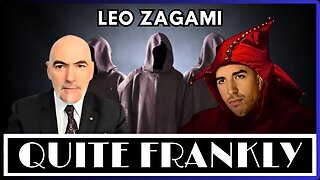 LIVE
LIVE
Quite Frankly
5 hours agoVatican Rumors, Demon Hunting, Spooky Extras | Leo Zagami 10/22/25
545 watching -
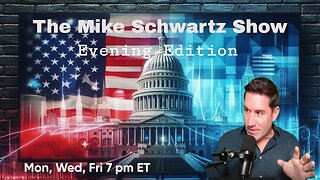 LIVE
LIVE
The Mike Schwartz Show
2 hours agoTHE MIKE SCHWARTZ SHOW Evening Edition 10-22-2025
3,703 watching -
 1:27:14
1:27:14
Kim Iversen
3 hours agoCBS Boss Colluded With Israel to SPY on Americans | Trump Keeps Bombing Fisheman
34.5K78 -
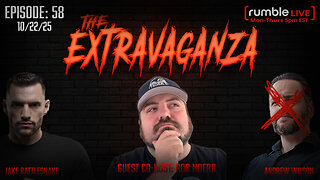 1:02:18
1:02:18
TheCrucible
2 hours agoThe Extravaganza! EP: 58 with Guest Co-Host: Rob Noerr (10/22/25)
54.5K7 -
 LIVE
LIVE
StoneMountain64
6 hours agoBattlefield 6 New Season Details NO 'BR' MENTIONED YET
43 watching -
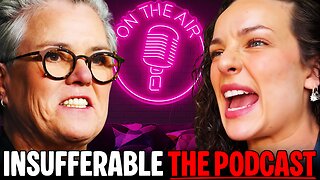 17:47
17:47
Bearing
11 hours agoThe Most ANNOYING Podcast EVER 💥 ROSIE O’DONNELL & ABBIE CHATFIELD Whinge About EVERYTHING 🤡
5.24K22 -
 LIVE
LIVE
GritsGG
4 hours agoRanked Top 70! Most Wins in WORLD! 3744+!
62 watching -
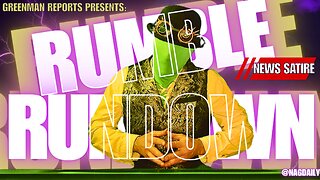 1:52
1:52
NAG Daily
4 days agoTHE BIGGEST CREATOR COLLAB SHOW ON RUMBLE W/GreenMan Reports
4.81K2 -
 LIVE
LIVE
Tundra Tactical
3 hours ago $5.08 earnedProfessional Gun Nerd Plays Battlefield 6
114 watching